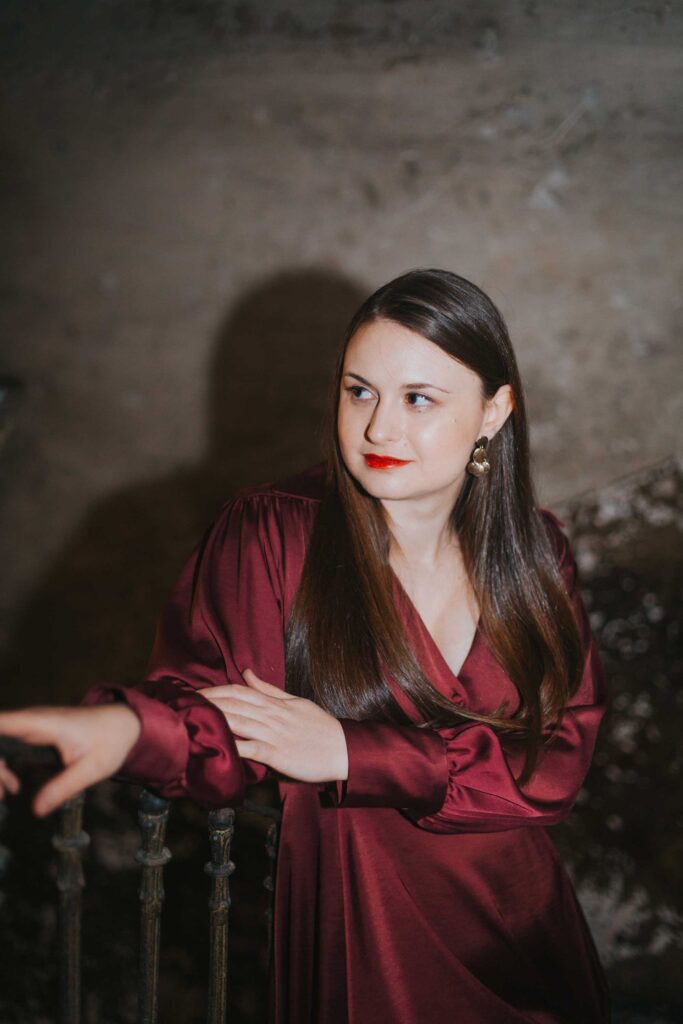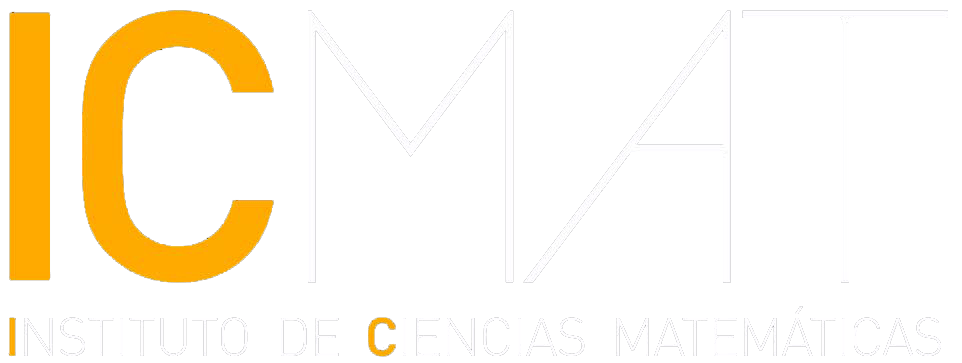Interview with Laura Farré Rozada, mathematician, pianist, researcher and disseminator
 The Catalan Laura Farré Rozada combines music and mathematics in a totally organic way. So much so that this year she has published a doctoral thesis in which she formalizes a method for musical analysis, learning and memorization based on mathematics and computer engineering, which she herself uses to perform her repertoire from memory live on the piano. It is the result of five years of work at the Royal Birmingham Conservatoire, which has allowed her to unite two worlds for which she has always been fascinated.
The Catalan Laura Farré Rozada combines music and mathematics in a totally organic way. So much so that this year she has published a doctoral thesis in which she formalizes a method for musical analysis, learning and memorization based on mathematics and computer engineering, which she herself uses to perform her repertoire from memory live on the piano. It is the result of five years of work at the Royal Birmingham Conservatoire, which has allowed her to unite two worlds for which she has always been fascinated.
Considered a “rising star” by BBC Music Magazine, she currently gives lectures and concerts all over the world and disseminates her knowledge in different media in Spain, such as Radio Nacional Clásica and Catalunya Ràdio, where she directs and presents the program “La cinta de Möbius”.
On 2 December, Farré Rozada set chaos theory to music within the framework of the informative series Mathematics at the Residence, organized by the ICMAT, with the collaboration of the CSIC’s Deputy Vice-Presidency for Scientific Culture and Citizen Science (VACC) and the Residencia de Estudiantes.
Laura M. Iraola (ICMAT)
What is the general idea of chaos theory?
The mathematical theorisation of chaos was motivated by the interest of several scientists in finding out whether the world is deterministic or, on the contrary, a product of chance. Chaos has traditionally been misunderstood as a set of random patterns that cannot be predicted, but in reality, chaos theory allows us to model very complex phenomena that alter very drastically and rapidly with a small change in initial conditions. One of the best known examples is the butterfly effect.
How do these ideas apply to music, and how and when did they arise?
The first attempts to introduce, or try to mimic, the concept of chaos in music appear as early as the Baroque period. However, it is in the 20th century that it is really explored in depth, and used in a very explicit way in music. Some composers who have implemented the idea of chaos as a creative resource are John Cage, Steve Reich and György Ligeti.
As a musician and mathematician, what strikes you most about the relationship between chaos and music? Personally, have you made use of these tools?
I think what attracts me most about chaos theory is this ambiguity of handling enormous complexity with the reassurance that you can understand the inherent patterns that characterise it. I find it very appealing to be able to generate a work of art that seemingly obeys no law or constraint, and yet is completely controlled. As a pianist-concert artist, I use this resource all the time with the repertoire I perform: incredibly virtuosic and difficult works for the piano that allow you to show the full range of the instrument’s possibilities, but at the same time everything is totally controlled by technical mastery, both physical and mental. Performing this repertoire from memory, using the method I have developed with my doctoral thesis based on mathematics and computer engineering, is a further step in controlling all this chaos of information.
As a populariser of music and mathematics, is there any other relationship between the two disciplines that particularly appeals to you?
There are many facets of music and mathematics that interest me, especially those that help us better understand how we experience our environment, such as hearing (e.g. logarithmic ratios and Fourier series in sound), vision (symmetry, fractals, Fibonacci sequence and golden ratio) and movement (the inherent proportions of rhythm as a binary tree).
Understanding the physical and mathematical underpinnings of music makes it easier to understand why certain works of art are more effective than others. On the other hand, exemplifying mathematical concepts with music is perhaps one of the most attractive ways to motivate people who are not comfortable with the exact sciences.
How did your interest in disseminating and researching both disciplines arise from their connections?
It has been a very long process of self-knowledge to connect two disciplines that, at university level, I had to combine on my own, without any institutional help. At the beginning it came out of a simple need to bring the two worlds together and understand why they fascinated me so much. Over time, I saw the potential of all these connections, and what ideas I could bring to the table. I have always been motivated by being able to share with others knowledge that I think is very valuable. But there is also an activist side to break the prejudice that science and art are two universes that have nothing in common.
Do you think that having knowledge of certain mathematical tools can improve musical understanding or creation, and vice versa?
Absolutely, one of the most current examples is artificial intelligence. Composing music using artificial intelligence algorithms is very often used to test how effective those algorithms are: it is much easier to listen and analyse whether a piece of music makes sense or sounds good, than to analyse thousands of lines of code and find where the mistake is. From a pedagogical point of view, it will always be easier to understand a concept that requires your involvement to experience it, rather than trying to understand it from a passive attitude. Music can help us understand abstract concepts that would otherwise be much more difficult or unattainable.
How do you think music can help to bring mathematics closer to society?
In the same way that in the Quadrivium they used music to exemplify problems of arithmetic, geometry and astronomy, nowadays we can find artistic similes (not only musical) to exemplify difficult concepts. Mathematics can be taught through a game of chess, a musical composition or choreography. I think the key is to show that mathematics can and should be enjoyed, and that far from being a science only attainable by a few brilliant minds, one can always find a new way to make it more accessible. Anyone can understand any mathematical concept, however difficult it may be, if it is explained to them in the right way, or using the resources they need.
—
This content has been automatically translated. The original text may differ slightly.
